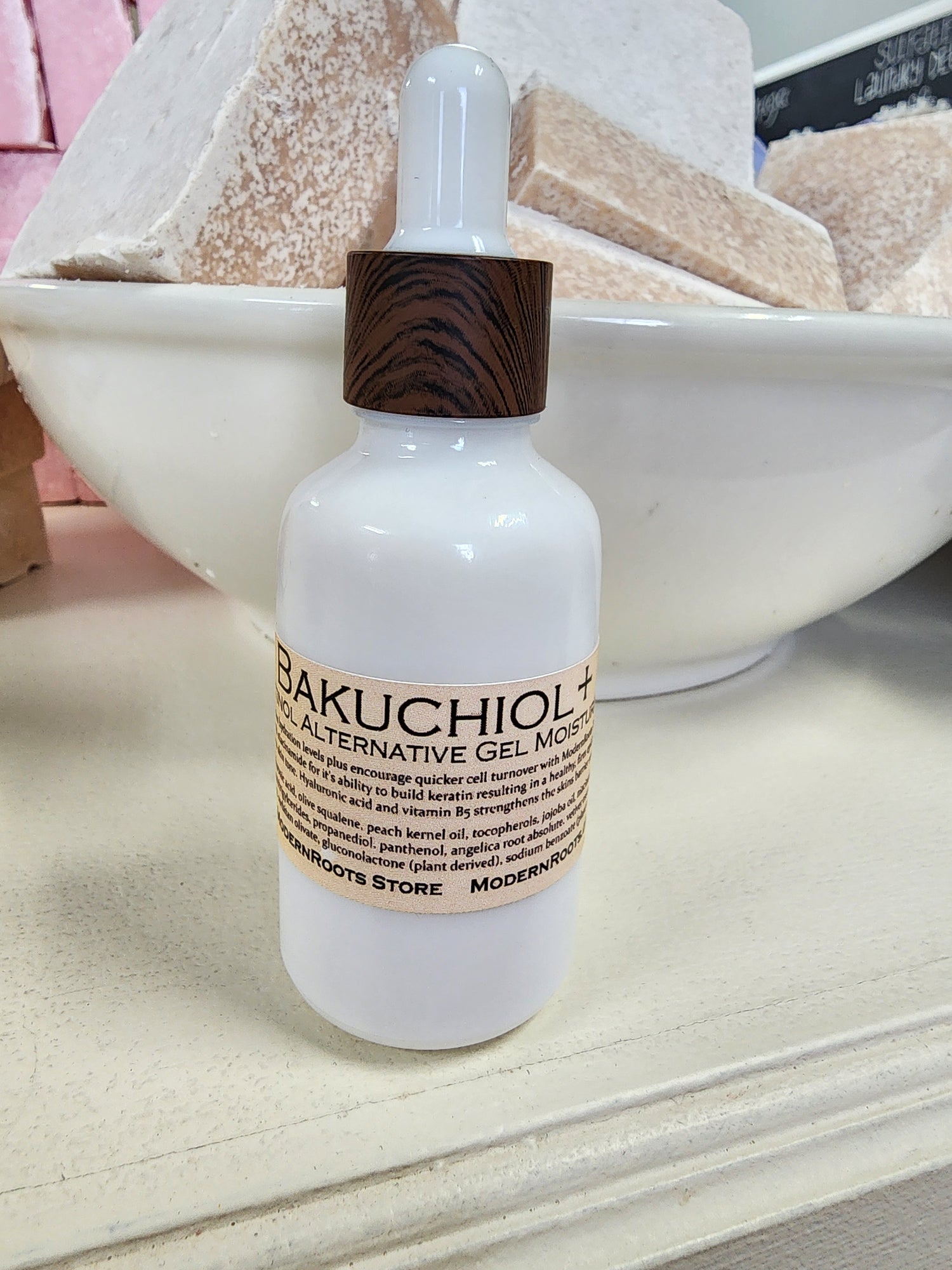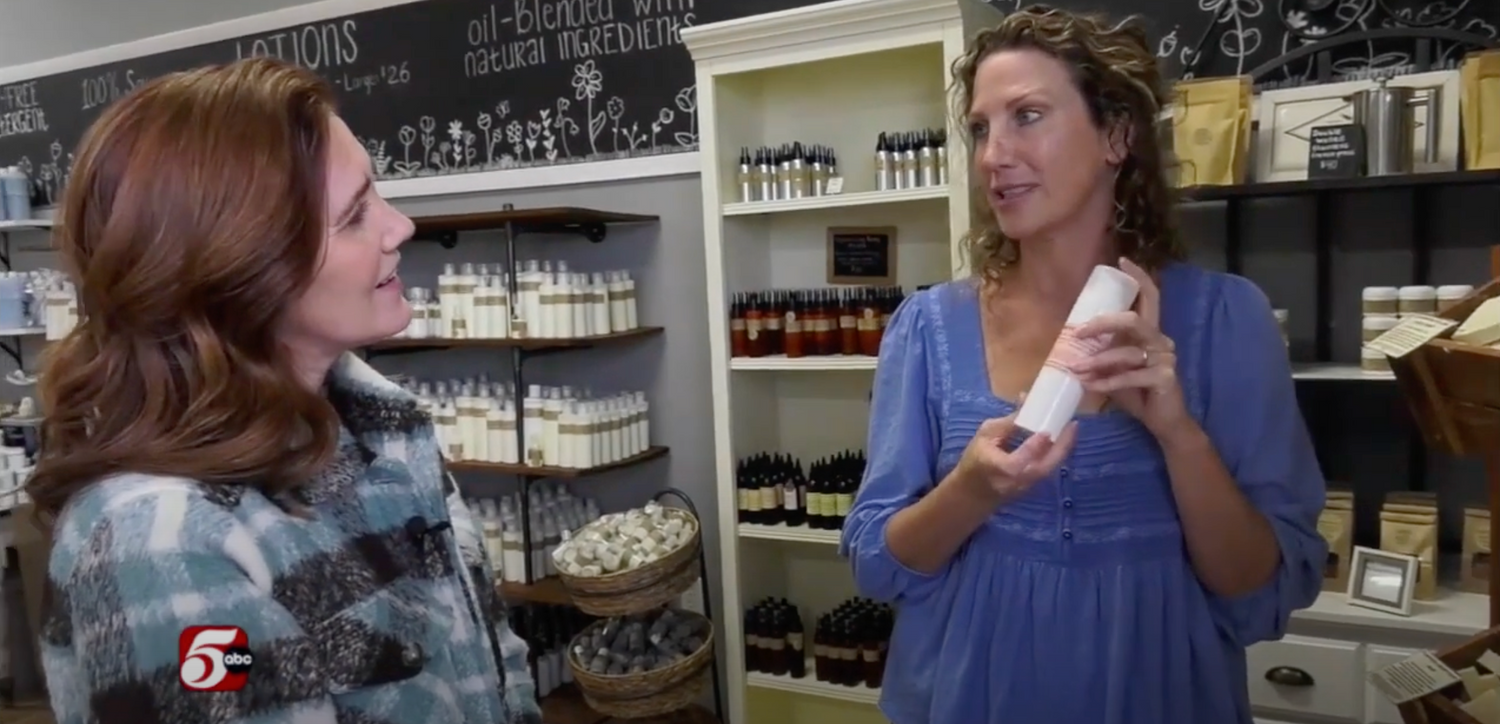Geothermal energy seems like something from the future. However, it is a well-established practice that has been used as far back as ancient Roman times. The Romans used hot springs as a way to centrally
heat their homes. Geothermal heat was not used in an organized sense until the late 19th century when
Boise Idaho piped in hot springs to their buildings to heat during the winter months. Geothermal loop systems are becoming more widely used today. In Iceland, 95% of the buildings in the town of Reykjavik heat using geothermal energy, more specifically, the constant temperatures located below the earth’s surface.
What is geothermal? Under the frost line and down 6-8 feet, temperatures remain stable at 48-52 degrees F. For closed loop systems, water or antifreeze solution is circulated through plastic pipes buried
beneath the earth’s surface. During the winter, the fluid collects heat from the earth and carries it through the system and into the heat pump. The heat pump then converts that energy into usable heat through the refrigeration process.
During the summer, the system reverses itself to cool the building by pulling heat from the building, carrying it through the system and placing it in the ground. This process creates free hot water in the summer and delivers substantial hot water savings in the winter.
Why use geothermal? Many people are driven to geothermal because of the environmental factors. It is better for the earth. For example, I currently have a furnace that solely runs on propane and of course
the fan runs on electric.
Ouch, yes expensive. Winters in Minnesota can become quite costly using this form of heat. We use about one, 500 gallon tank every 1.5 months from November to March and one additional tank throughout the rest of the year. That is a lot of propane. We also run an air conditioning unit outside during the summer months which racks up the electrical costs nearing $400 a month from June through September.
For those that think Minnesota is frozen year round, I am here to tell you it is not. It is quite hot and muggy, upper 90’s is not uncommon throughout the summer months. Installing Geothermal also eliminates the need for a bulky, noisy a/c unit outside too. As you can imagine, I am using lot of ‘extra’ energy on inefficient systems.
Switching to geothermal would not only reduce our energy usage but also monthly costs to run the system. In fact, over four times less. Yearly cost to heat and cool my home currently is $3600 on average and to run a geothermal system costs on average $876 a year.
So why doesn’t everyone install a geothermal system? Because the initial investment is a bit hard to swallow. The total cost of doing a geothermal horizontal loop system would be an average of $28,000 for
a system that would cool and heat 3500 square feet. You need to fund the entire project upfront (some financing options are available through vendors). There are however tax incentives that make the system more affordable.
A federal tax credit is available until 2016 for 30% of the total cost of the system and installation (assuming you pay enough into taxes to get the 30% back). There is also a $1500 rebate from specific manufacturers and depending on your power company, $150 per ton rebate. The size ton I would need for my home is a 5 ton system. Therefore, the rebate for a system in my home would be $750 from the power company.
So though it is a little ‘robbing Peter to pay Paul’, you have to weigh the pros and cons of waiting for the rebates, paying down the system, and applying/waiting for the tax credit at the end of the year. If I put geothermal in my home, with the savings it would create for me, it would buy itself back in a little over 5 years. And adds $30,000 to the investment of your home (I believe this to be buyer dependent though).
In my case, our heater is on the fritz, it is expensive to run, noisy, and our a/c unit leaks hazardous Freon which the government has made super expensive to replace this past year.
These all point to a new more efficient system in which I believe the intelligent decision is to install a 5 ton horizontal loop geothermal system that will pay for itself over a five year span. All savings past 5 years is just money back in my pocket. The saying ‘takes money to make money’ is somewhat true in this case. In becoming self-reliant, this is the most efficient earth friendly system on the market.
*Check out this website for a more detailed explanation of how geothermal systems work. http://minnesotageothermalheatpumpassociation.com/geothermal/how-does-it-work/ and http://www.igshpa.okstate.edu/




